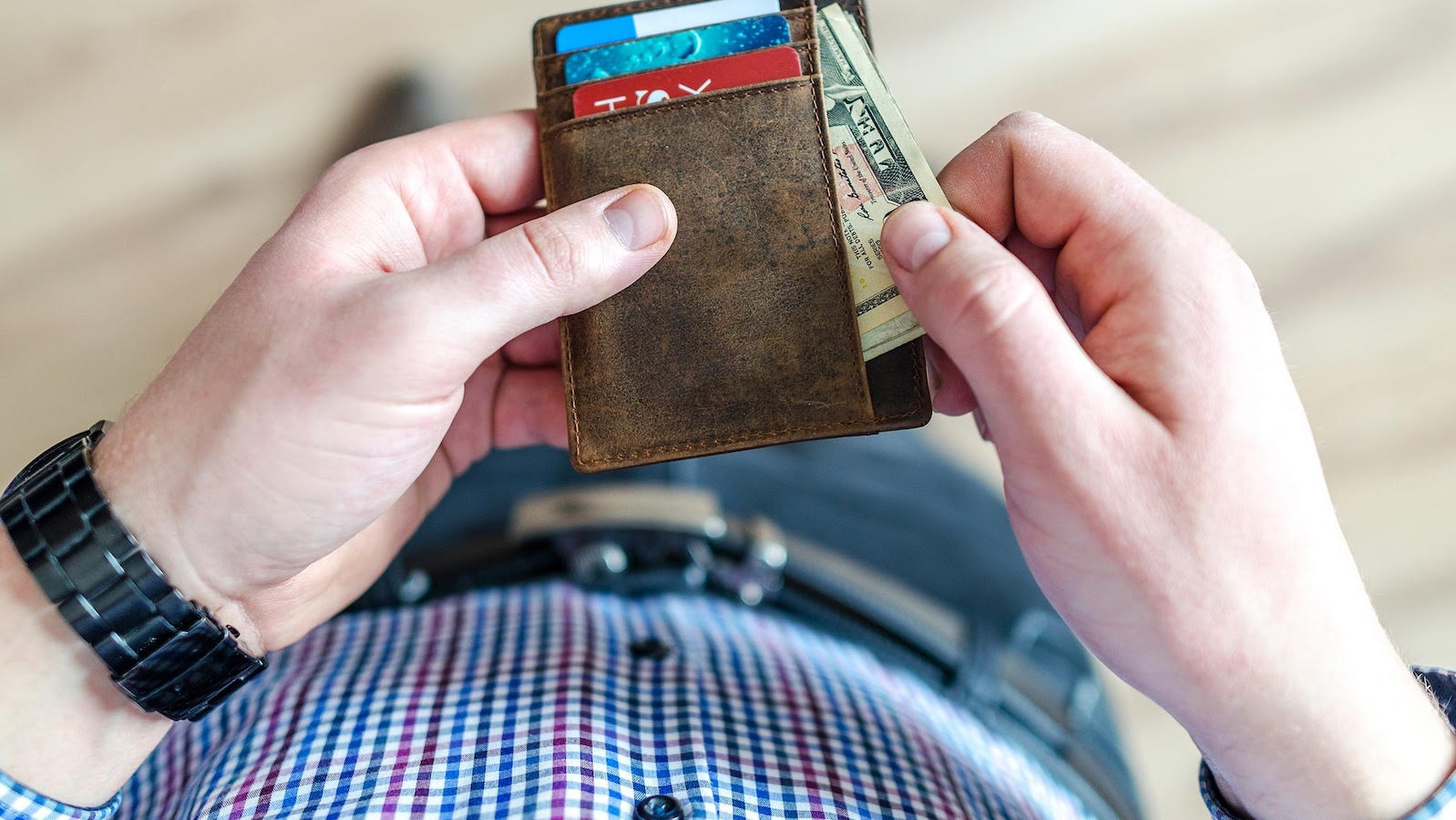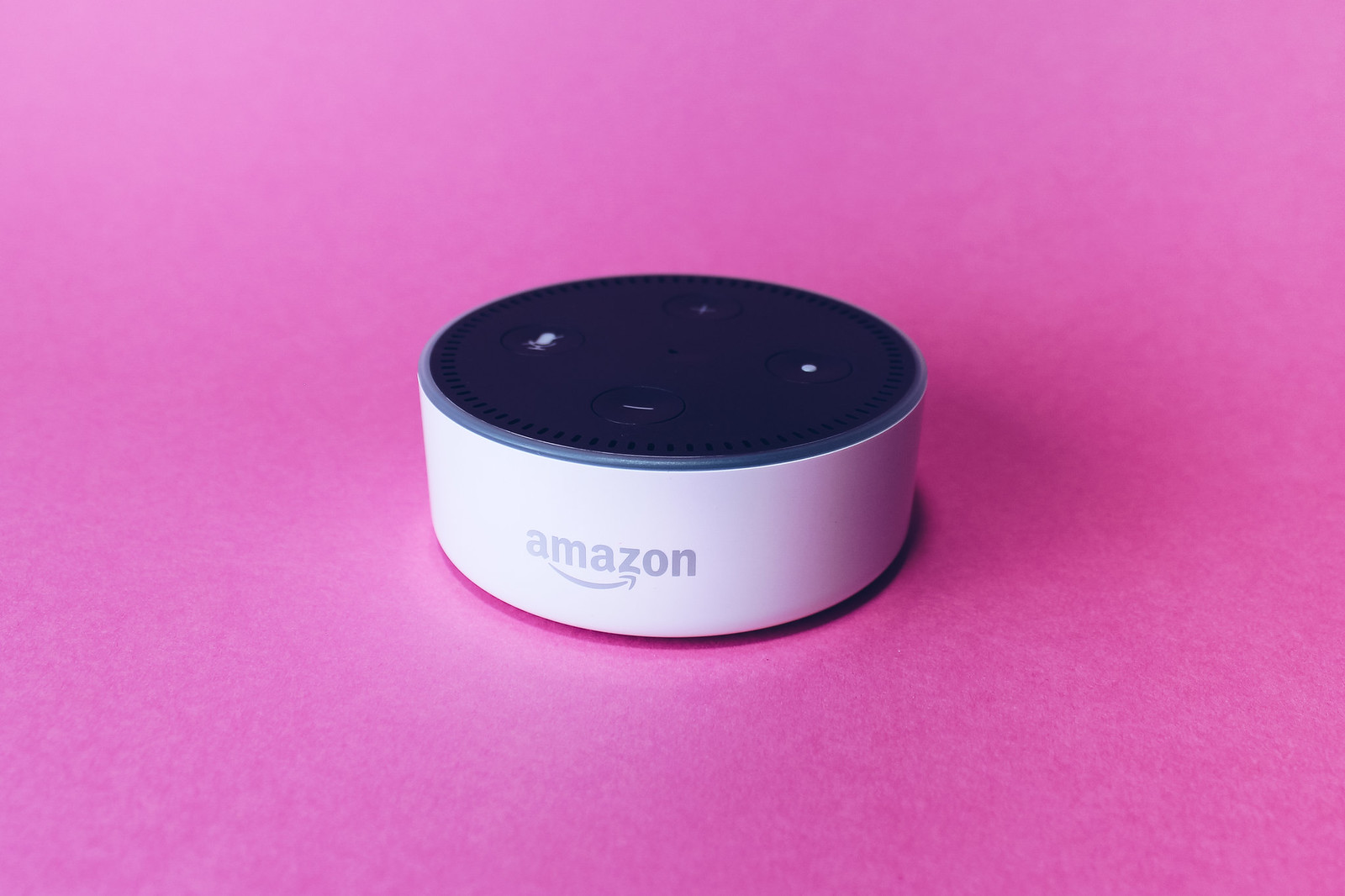
Choosing the best way to pay: Cash, credit cards, debit cards, P2P, checks or online payments
Here’s a guide to your rights depending on how you pay

Cash has long been king. That hasn’t changed during the pandemic, despite the push by some merchants to discourage customers from paying with cash because of concern about transmitting germs. Some consumer advocates believe less cash is just fine with banks, which make money from credit card and debit card swipe fees paid by the merchant (not to mention revenue from customers who may pay late fees, carry interest-bearing balances or overdraft their accounts).
It’s not illegal for businesses to flat out refuse cash in most cities and states. Now, numerous consumer advocacy groups are supporting proposed federal legislation, the Payment Choice Act, that would ban brick-and-mortar retailers from refusing to accept cash. More than 20 percent of consumers don’t have a strong relationship with a bank, meaning they may not have a debit card, credit card or checking account. These are the peoples most affected when restaurants and stores ban cash.
But despite the rise of debit cards over the last 25 years and person-to-person online or mobile payments (Paypal, Venmo, Zelle) in the last decade, cash rules, at least for now. A study released in early 2020, before COVID-19 turned our economy upside down, 83 percent of consumers said they’d used cash in the last 30 days to make a purchase or pay a bill, making it the most commonly used form of payment, according to Javelin Strategy & Research, a nationally known consumer finance research firm. Credit cards, used by 72 percent of Americans in the previous 30 days, placed second on the list.
Further data shows that cash is the payment of choice for nearly half of low-cost purchases. In 2019, people used cash for 47 percent of transactions under $10 and for 40 percent of payments between $10 and $25, according to the Federal Reserve.
New York City will become the latest large city to require most stores and restaurants to accept cash starting Nov. 19, following Philadelphia and San Francisco, which last year required brick-and-mortar businesses to take cash.
As various cities and states and Congress weigh whether to protect the use of cash, it’s a good time to look at the pros and cons of various methods of payment.
Cash: The old standby
The good:
-
It’s ubiquitous.
-
It can be anonymous.
-
It’s easy to use, assuming you can count money and the change you should get back in your head.
-
It doesn’t give strangers information about your bank account or debit or credit card number or any other personal information, as a check or person-to-person payment does.
The bad:
-
It doesn’t provide proof of payment unless you get a written receipt.
-
You shouldn’t mail it.
-
If you’re carrying cash and you lose it or it’s stolen, you’re probably not going to get it back.
Checks:
The second standby form of payment from generations ago
The good:
-
You can mail checks.
-
You have independent proof of payment, including who deposited the check and when, once the check is cashed.
-
You have protection to get your money back if the payment is stolen or otherwise gets into the wrong hands.
The bad:
-
You’re giving someone an awful lot of information about you, including your bank routing number and checking account number, your name, address, your phone number and of course your signature. Thieves can use your account numbers to commit fraud, especially online.
-
Some people and small businesses won’t accept personal checks.
-
Many younger adults don’t know how to write out a check.
-
If you don’t keep track of your finances well, you could bounce checks and incur fees. Non-sufficient fees typically are about $30 per check.
Credit cards: Born in the 1950s; became widely used in the 1970s
The good:
-
It’s easy to pay a company online, by phone or at the point of sale in a store or a restaurant.
-
You have protections guaranteed under the Fair Credit Billing Act (FCBA) if the amount that posts to your account is incorrect or if you don’t get the product or service you’re paying for. You have 60 days after the cutoff date of the statement the charge appears on. The FCBA also caps your liability for unauthorized use of your card at $50. If you report your card stolen before it’s used, your liability is zero.
-
You have the same protection — zero liability — if the account number is compromised in a data breach and fraudulent charges are posted to your account.
-
You don’t have to pay the bill right away and don’t accrue interest as long as you paid your last bill in full.
-
If you keep your credit card statements (on paper or electronically), you have good records for tasks such as filing your taxes, documenting when you paid for appliances or other products under warranty, etc.
The bad:
-
You generally can’t use a credit card to pay a person directly.
-
You can run up debt if you don’t pay your balance in full each month.
-
If you don’t pay at least the minimum amount due every month, you face a late fee of $36 on average.
-
You have to watch your statements closely to make sure a company doesn’t try to hit your account with recurring charges or additional charges in the future.
-
If you don’t monitor your account frequently (say once a week), it can be difficult to remember whether legitimate transactions have the correct amount, or whether a transaction could be fraudulent, especially because many businesses have different corporate names.
Debit cards:
A cashless way to pay for day-to-day transactions that became popular in the 1990s. Some banks used to charge customers for the cards and many transactions.
The good:
-
You don’t risk running up credit card debt.
-
It’s easy to use debit cards to pay a company online, by phone or at the point of sale in a store or restaurant.
-
You do have some protections from fraud under federal law, but the protections are not nearly as good as with credit cards. Under the Electronic Fund Transfer Act (EFTA), if your debit card is stolen and you report the loss before it’s used fraudulently, you have no liability. If you report your card stolen after it’s used but within two business days after you know it’s missing, your liability is capped at $50.
-
If your card number — but not your actual card — is compromised, you aren’t liable for fraudulent transactions as long as you report the problem within 60 days of the statement containing the unauthorized transaction.
The bad:
-
You put your bank account at risk since your debit card is connected to it. This is especially bad if it’s your primary or only bank account. You’re exposing your direct deposits and the money you use to pay your mortgage or rent, your bills, etc. A better alternative: Link a debit card to a secondary checking account that you don’t use for direct deposits or that contains most of your money, or use a reloadable prepaid debit card, as long as it doesn’t carry monthly fees or other costly fees.
-
If you encounter fraudulent transactions or billing errors and that causes checks or electronic payments to bounce, you have no guaranteed protection under the law from overdraft fees.
-
Your protection isn’t as strong under federal law as it is with a credit card. If you report a card missing after two days but within 60 days, your potential liability increases to $500. After 60 days, you could lose all of the money in your account.
-
If you have a billing error or fraud, you’re fighting to get your own money back and until you get it back, other checks or payments could bounce. With credit cards, when you dispute a charge, you don’t have to pay the contested amount while the issue is under investigation.
-
While you can’t be charged overdraft fees for one-time purchases unless you’ve opted in to allow them, you could be charged a fee for a recurring payment if you don’t have enough money in your checking account.
Online bill payment:
This allows you to use a free service through your bank so that your bank sends out checks or sends electronic payments to individuals or companies.
The good:
-
It’s free and even saves you the cost of stamps to mail bills. A first-class stamp is currently 55 cents. So 10 bills (mortgage or rent, utilities, credit cards, medical payments, etc) would total $5.50 a month, or $66 a year
-
If someone says they didn’t receive a payment, you have a third-party — your bank — to independently verify that payment was sent.
-
You can choose to have payments sent automatically every month so you don’t have to take the time or worry about forgetting. And you can make one-time payments or control the payments you make every month.
-
At some banks, even if the payment is made by check and not electronically, the recipient doesn’t have access to your routing number or account number, as it would if you mailed a personal check. It depends on whether the bank sends the payment from a settlement account, which doesn’t show your account number. You can ask your bank how online bill payment checks are issued.
The bad:
-
You need to have access to your bank account through a computer or your mobile phone. Some people aren’t comfortable with the technology or they’re afraid of hackers.
-
Online bill payments need to be arranged, usually with one to five days’ notice. So they can’t be used for same-day payments without an extra fee, or at the point of sale.
Person-to-person or peer-to-peer payments such as Zelle, PayPal, Venmo, Square, etc.:
These allow you to make payments immediately or next-day to an individual or company, with the money coming from your bank account or credit card or debit card. (Many experts frown on using P2P payments with companies, except perhaps with a landlord or small businesses you know.)
The good:
-
You’re not giving the recipient a credit card or debit card or bank account number; it’s masked.
-
You and the recipient don’t have to know anything about each other — including each other’s names. Zelle uses phone numbers or email addresses. PayPal uses email addresses. Venmo relies on a user name, which can be more anonymous.
-
The transactions can be completed in near-real time, usually in a few seconds or, at most, a couple of minutes.
The bad:
-
You need to register for these accounts online or through your cellphones, generally ahead of time. So if you don’t have a Venmo or PayPal account, for example, you can’t just create one and pay someone on the spot.
-
Some people may not be comfortable with the technology.
-
If you use the wrong information to pay someone, such as the wrong email address or user name, it can be difficult to reverse it. And if it’s some kind of scam, you’ll have difficulty getting your money back.
-
With Zelle, if you have multiple bank accounts, each has to be associated with a different email address or phone number.
Topics
Authors
Teresa Murray
Consumer Watchdog, U.S. PIRG Education Fund
Teresa directs the Consumer Watchdog office, which looks out for consumers’ health, safety and financial security. Previously, she worked as a journalist covering consumer issues and personal finance for two decades for Ohio’s largest daily newspaper. She received dozens of state and national journalism awards, including Best Columnist in Ohio, a National Headliner Award for coverage of the 2008-09 financial crisis, and a journalism public service award for exposing improper billing practices by Verizon that affected 15 million customers nationwide. Teresa and her husband live in Greater Cleveland and have two sons. She enjoys biking, house projects and music, and serves on her church missions team and stewardship board.
Find Out More

Food for Thought 2024

Is Alexa always listening? How to protect your data from Amazon

Safe At Home in 2024?


